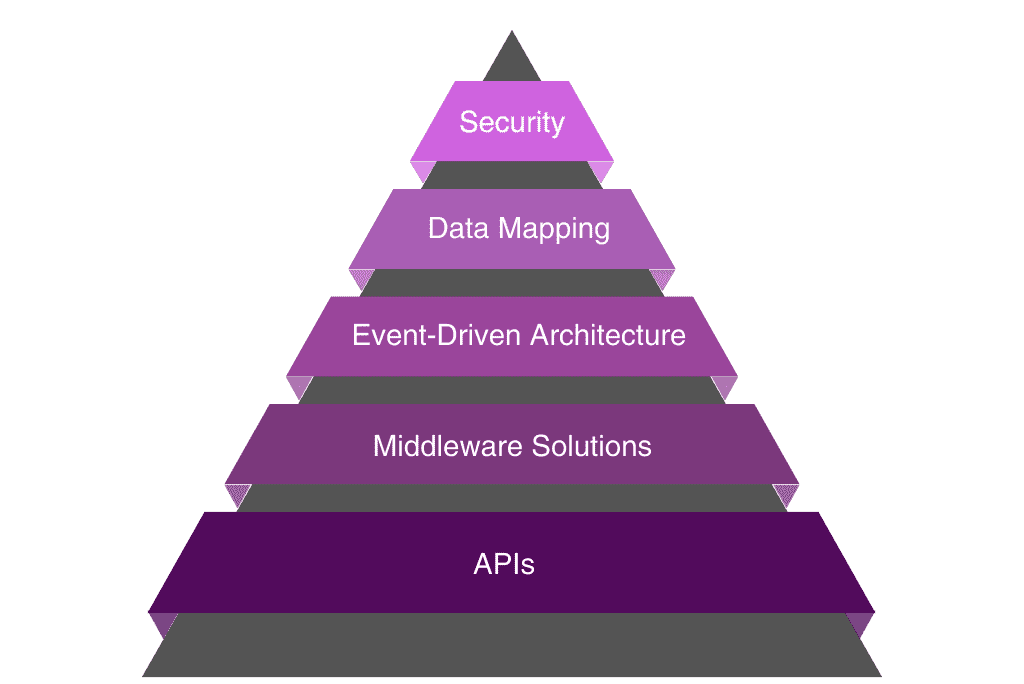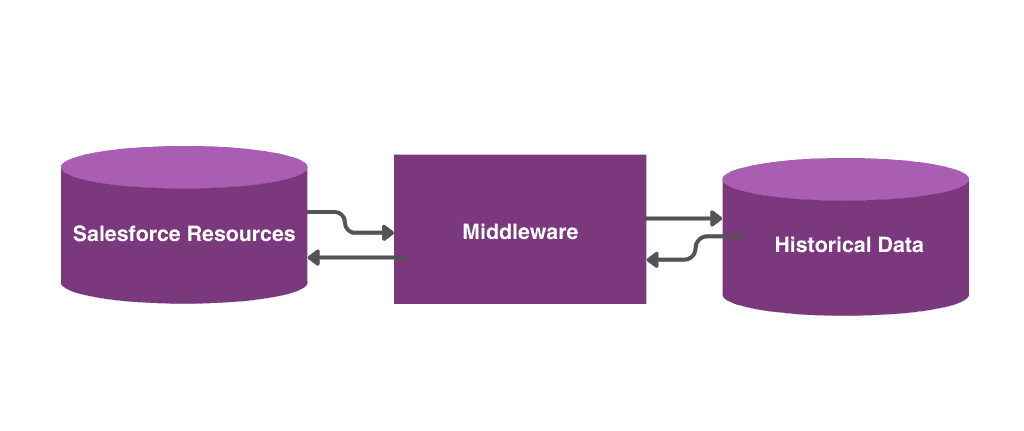StreamEastmardin escortizmit escortkonya escorteskişehir escortkayseri escortankara escortankara escortankara escortbetkolikbahiscasino
StreamEastmardin escortizmit escortkonya escorteskişehir escortkayseri escortankara escortankara escortankara escortbetkolikbahiscasino
StreamEastmardin escortizmit escortkonya escorteskişehir escortkayseri escortankara escortankara escortankara escortbetkolikbahiscasino
StreamEastmardin escortizmit escortkonya escorteskişehir escortkayseri escortankara escortankara escortankara escortbetkolikbahiscasino
StreamEastmardin escortizmit escortkonya escorteskişehir escortkayseri escortankara escortankara escortankara escortbetkolikbahiscasino
StreamEastmardin escortizmit escortkonya escorteskişehir escortkayseri escortankara escortankara escortankara escortbetkolikbahiscasino
StreamEastmardin escortizmit escortkonya escorteskişehir escortkayseri escortankara escortankara escortankara escortbetkolikbahiscasino












